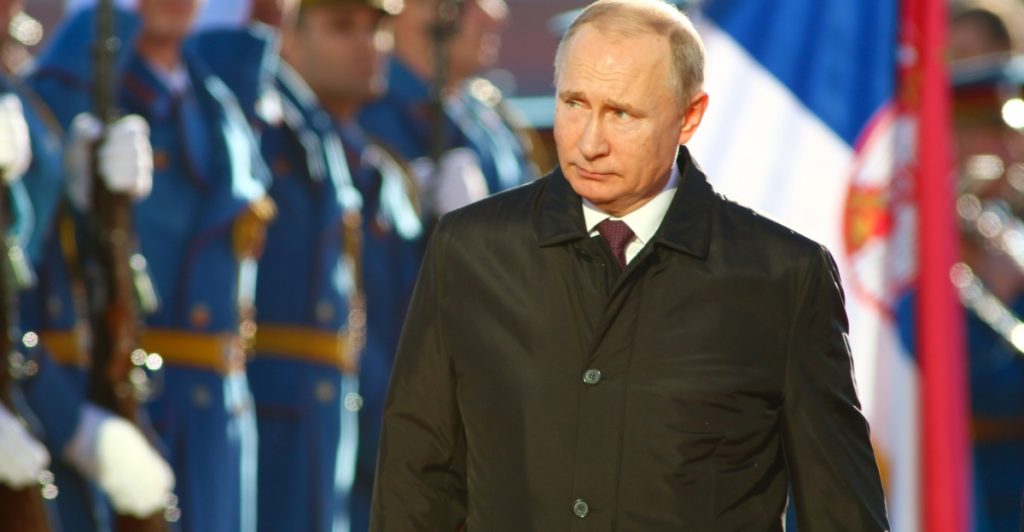As the war between Russia and Ukraine enters its fourth year, both sides are approaching the edge of what they can endure, warns Commander Sandu Valentin Mateiu.
Others are reading now
He believes the conflict could continue for another one to three years, depending on foreign aid, mobilization, and economic stability.
Approaching exhaustion
Mateiu said that while neither front is close to collapse, the next few months could prove decisive.
He described the coming autumn and winter battles as difficult and potentially decisive for both sides.
He explained that the pressure is not only military but also economic and social.
For Ukraine, it means constant strain on the population and government; for Russia, it raises the risk of growing instability within the regime.
Also read
“There is no imminent danger of the front collapsing, but the battles that will take place this autumn and winter will be difficult,” he said, adding that both sides now face the limits of their ability to continue fighting.
Three wars in one
Mateiu described the situation as a combination of three overlapping wars.
“We must mention that there are three wars underway: 1) the actual one, which we are pursuing at the tactical, operational, and strategic levels; 2) the strategy of striking deep into the energy, military, and civilian infrastructure; 3) as a whole, the two states and societies, starting from social aspects – mobilization, civilian resilience – and ending with economies, which include sanctions and the adaptation of the defense industry.”
He said Russia maintains the initiative through its larger numbers, while Ukraine relies on new technologies such as drones and electronic warfare to offset the imbalance.
Both sides, he added, are adapting tactics constantly to preserve their strength.
Also read
Russian weaknesses
According to Mateiu, Russia’s resources are wearing thin in several areas. Its supply of Soviet-era equipment is running low, and constant fighting is damaging aircraft, radar systems, and air defences.
Although Moscow has shifted its economy toward military production, financing the war has become a growing challenge amid sanctions and shrinking reserves.
He said the Kremlin still has room to act, but time is not on its side.
Russia’s manpower and industrial limits, combined with international pressure, could sharply reduce its capacity to continue at the same scale.
Reliant on allies
Mateiu estimates that both Russia and Ukraine could maintain the conflict for another one to three years.
Also read
Ukraine’s endurance, he said, depends on the West’s continued supply of money, weapons, and intelligence. Russia, meanwhile, is increasingly dependent on China for economic and political support.
“As long as the West helps the Ukrainians, the Europeans with money, the US with information and weapons paid for by the Europeans, for Ukraine, the problem is in terms of human force or their replacements – that is, robots – but for Russia the problem is in the aggregate. It is very important to remember that Russia pays dearly for the help received from China.” he said.
Mateiu also said that President Vladimir Putin’s control over state and society allows him to mobilize all national resources, but he described such centralized systems as fragile. Dictatorships, he warned, can appear strong until they suddenly weaken under internal strain.


